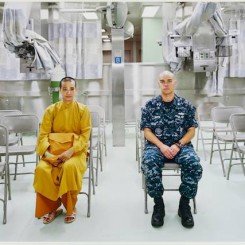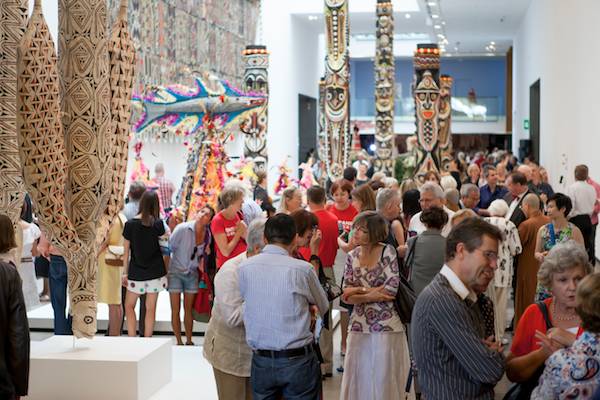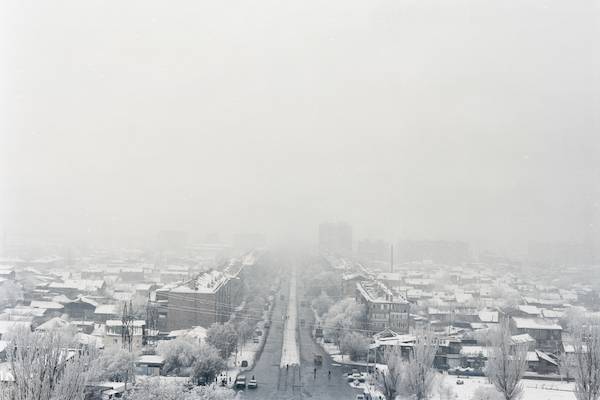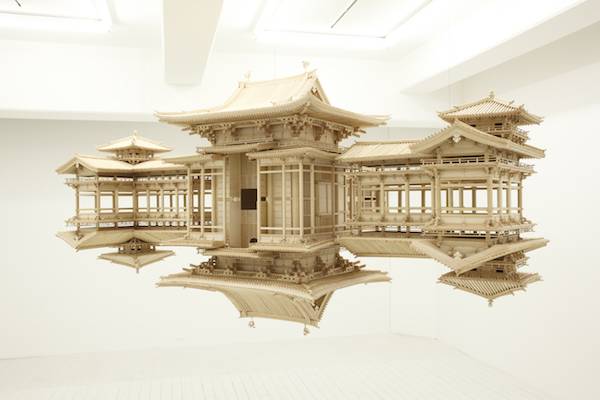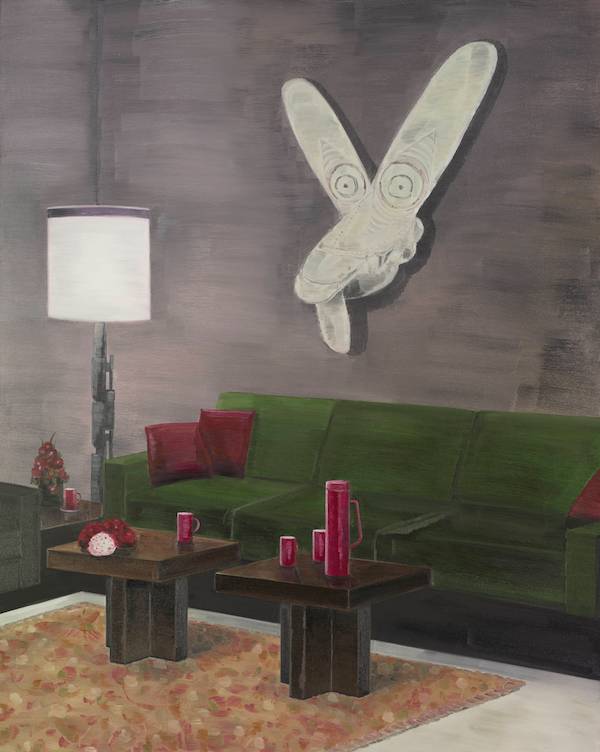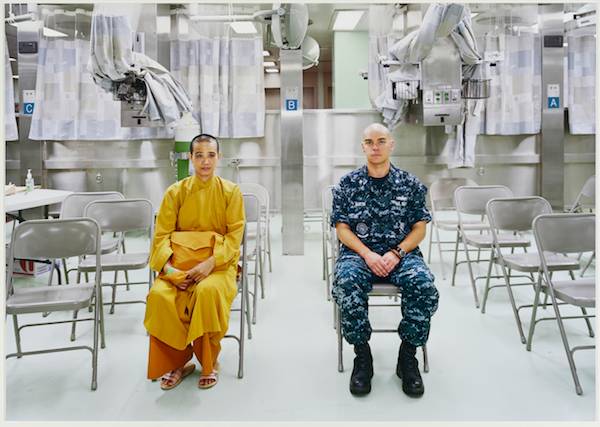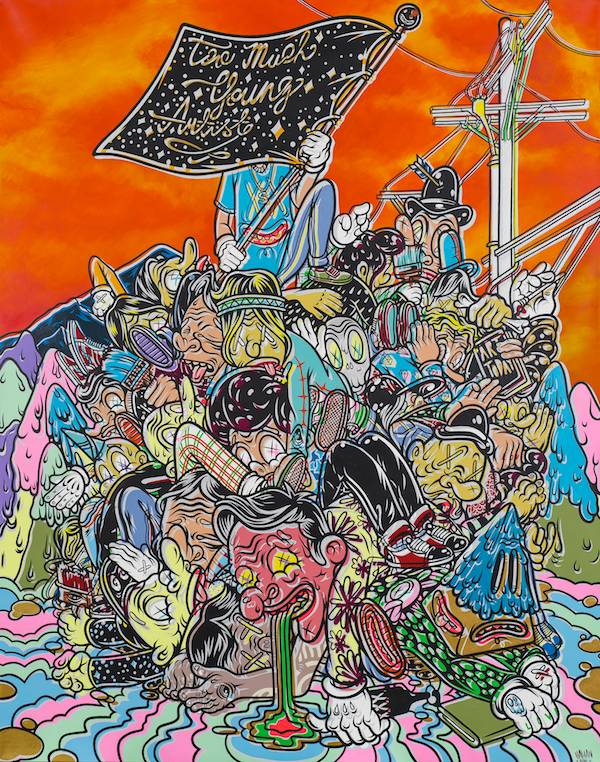CM: What are the key themes behind APT7?
SR: Every single APT, the themes and ideas emerge from our research travel. Some ideas that are particularly strong this time include an exploration of ephemeral architectural structures, the significance of sustainability, the importance of painting in its most expanded forms — from the Spirit Houses of the East Sepik, Papua New Guinea, which are full of painting, through to Zhou Tiehai’s suite of 158 paintings, Le Juge.
CM: One of the unique aspects of APT is its platform for Pacific art practices, particularly from Polynesia. This time APT will focus in particular on the art of Papua New Guinea. Is this region still neglected?
SR: It depends. Papua New Guinea, and West Papua, too, have incredibly strong cultural practices that challenge definitions of contemporary art. That is something APT always looks at closely — what is contemporary art? It is a question we return to every time. These artists [from Papua] have culturally specific practice, customary practices, and when we travelled to Papua to commission the works, part of that project was to bring artists here for APT7 and develop the work for the show. The result is an extremely rich project.
The Pacific is an important part of the world, and the kind of art being made there brings into sharp focus how we reflect on our definitions about contemporary art, who is a contemporary artist and how do they make work. This is part of a wider dialogue originating from Australia’s Indigenous artists.
CM: The previous APT also had a recordings and music from the region.
SR: Yes, “Pacific Reggae,” which was directed by a range of local political responses across the Pacific that used the form of reggae to express these ideas.
CM: One of the most refreshing and thoughtfully curated aspects of APT6 was its children’s program, which was engaging but never patronizing, frequently intelligent and huge fun. What does APT have planned for children this time and how do you see its role within APT?
SR: The QAG and GOMA have a long-term commitment to children. We absolutely believe they have an equal right of access to the museum as any adult. “Kids APT” began in 1999 and we’ve never looked back. It has become an intrinsic part of APT and most of what we do at the Museum. It’s not an after-thought and is curated in collaboration with artists from the inception of the APT project. We have thirteen Kids APT7 projects this time.
CM: Finally, can you tell us about the yellow boxes sticky-taped together?
SR: Yes! As I said, one of the themes of APT7 is ephemeral architecture and sustainability, built environments. Richard Malloy uses recycled cardboard to create an interactive installation. We have been collecting boxes from all over the place — it’s a giant form you can enter which is also a sculpture while considering ideas of sustainable architecture. Cardboard boxes are forms of shelter, it is a durable material, and the work offers the viewer an opportunity to reflect on bout built environment. And it is fun. APT often has very serious themes while also being full of joy and celebrating the great creative energies of being in the world today.



